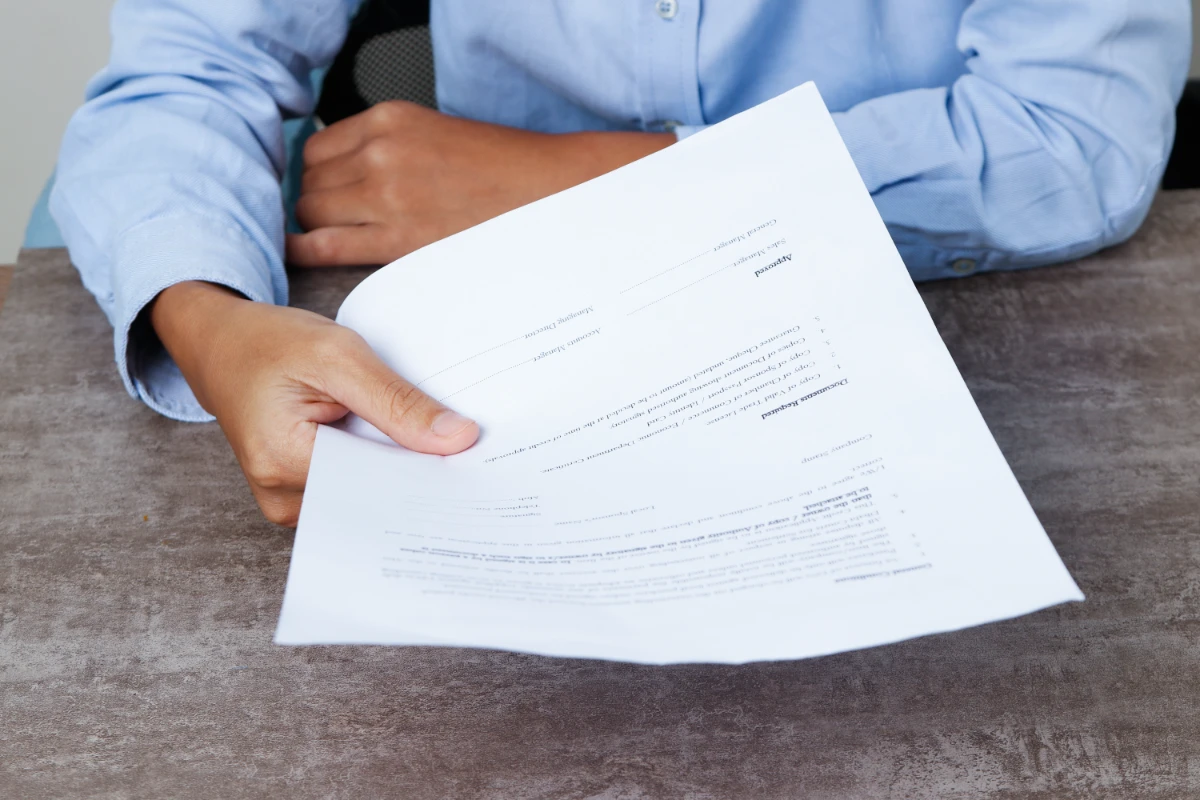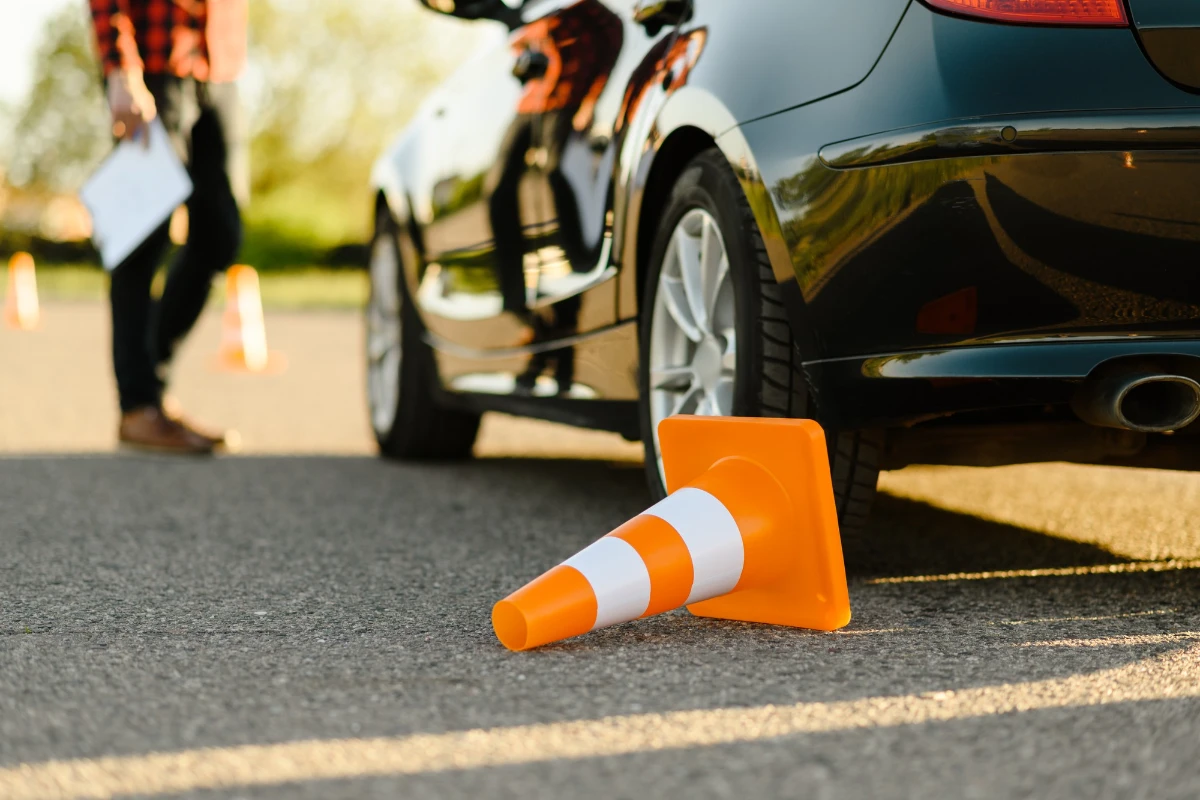
In the intricate world of international car shipping and importing, one term that holds paramount importance is the “Recall Clearance Letter.” Understanding its significance is crucial for anyone involved in the automotive industry, especially for those looking to ship or import cars to the U.S. and Canada. Here, we will delve into the nitty-gritty details of what a Recall Clearance Letter entails and the essential steps to acquire one.
What is a Recall Clearance Letter?
A Recall Clearance Letter is an official document issued by the Manufacturer or a Authorized Representative of a Vehicle Dealership. Its primary purpose is to confirm that the vehicle in question does not have any outstanding recalls or safety-related issues. This document is especially crucial for importing cars, ensuring that they meet the safety standards mandated by the destination country.
Why Do You Need a Recall Clearance Letter for Your Car?
You generally won’t need a Recall Clearance Letter for everyday driving. However, Understanding the significance of obtaining a recall letter for your car is crucial in ensuring compliance with safety standards and legal requirements. When having your general maintenance completed you may have any recall repaired FREE of charge at the Manufacturing Dealer Service Center
Legal Compliance:

Governments worldwide impose strict regulations to ensure the safety of vehicles on the road. A recall clearance letter serves as tangible proof that your car adheres to these legal standards, safeguarding both the driver and others on the road.
Ensuring Safety Standards:
Safety is paramount in the automotive industry. The recall clearance process is designed to identify and address potential safety issues promptly, contributing to overall road safety. By obtaining a recall clearance letter, you actively participate in upholding high safety standards for your vehicle.
International Imports:
If you are importing a car, especially from a different country, a recall clearance letter becomes indispensable. It verifies that the vehicle meets safety standards not only in its country of origin but also in the destination country, ensuring a smooth and lawful import process.
Resale Value:
Having a recall clearance letter can positively impact the resale value of your car. Prospective buyers often prioritize vehicles with comprehensive documentation, including proof of recall clearance, as it signifies a well-maintained and safe vehicle.
Manufacturer Accountability:
The recall clearance letter holds the manufacturer accountable for addressing and rectifying any potential defects or issues with the vehicle. It establishes a clear line of responsibility, assuring car owners that the manufacturer is committed to ensuring the safety and reliability of their products.
Insurance Requirements:
Some insurance providers may require a recall clearance letter to validate the safety and compliance of the insured vehicle. Ensuring that you have this document can streamline the insurance process and avoid complications in case of a claim.
How to Obtain a Recall Clearance Letter
Acquiring a recall clearance letter usually starts with an initial online check, but the primary step is often reaching out to the vehicle’s manufacturer or an authorized representative. The necessary steps in obtaining this vital document include:
Check online:
Most manufacturers offer online tools where you can enter your vehicle’s Identification Number (VIN) to see if there are any open recalls. Some even generate printable Recall Clearance Letters directly from the website.
Contact the manufacturer:
If you can’t find information online, or prefer personalized assistance, you can contact the vehicle manufacturer directly. They can verify your VIN and issue a formal Recall Clearance Letter, some for a fee. This route might be necessary for older vehicles or those not covered by online tools.

Providing Vehicle Information:
Vehicle Identification Number (VIN): This unique identifier is crucial for verifying your specific car. Have it readily available.
Manufacturer information: Identify the make and model of your car, and find the manufacturer’s website or contact details.
Verification of Recalls:
The manufacturer will verify if there are any outstanding recalls on the vehicle.
Issuance of Recall Clearance Letter:
Upon confirming the absence of recalls, the manufacturer issues the recall clearance letter.
Best Practices for Obtaining Recall Clearance
Start Early:
Initiate the recall clearance process well in advance of your planned shipping date. Early action allows ample time to address any potential delays or complications.
Thorough Documentation:
Ensure all necessary documents are complete and accurate. This includes providing detailed vehicle information, VIN, and any additional documentation required by the manufacturer or authorities.
Clear Communication:
Maintain open communication channels with the manufacturer, authorized representatives, and any involved parties. Promptly respond to requests for information and updates to prevent delays.
Regularly Check for Recalls:
Stay proactive by regularly checking for recalls on your vehicle, especially before initiating the import or shipping process. Address any outstanding recalls before applying for the clearance letter.
Stay Informed about Regulatory Changes:
Be aware of any changes in import/export regulations that may impact the recall clearance process. Regularly check for updates and adapt your approach accordingly.
Utilize Professional Assistance:
Seek professional assistance, especially if you encounter challenges or complexities in the recall clearance process. Consulting with experts in international car shipping and importing can streamline the procedure.
Acceptable forms of Recall Clearance Letter

RIV will accept recall clearance information through various means:
- A letter from the vehicle manufacturer’s U.S. or Canadian head office, printed on official letterhead. The letter should confirm the absence of any outstanding recalls for the vehicle, include the manufacturer’s logo, be dated and signed by an authorized employee with their name and title, and provide details such as the VIN, year, make, and model. These letters may be authenticated with the manufacturer.
- A printout from a U.S. or Canadian dealership’s vehicle service database, generated by an authorized dealer (not a reseller). Dealership authorization can be confirmed through the manufacturer’s website or by contacting the head office. The printout must include the 17-digit VIN, year, make, and model, and confirm the absence of outstanding recalls.
- Information from the Original Equipment Manufacturer’s (OEM) website, where some manufacturers publish recall information specific to the VIN.
Challenges in the Recall Clearance Process
Despite its importance, the recall clearance process is not without challenges. Delays and complications can arise due to various factors. Understanding these challenges and their solutions is the first step in overcoming them:
Administrative Delays:
Delays in processing recall clearance letters may occur due to administrative bottlenecks.
Solution: Engaging in proactive communication with authorities, ensuring all required documentation is complete, and staying informed about processing times can help mitigate administrative delays.
Communication Gaps:
Miscommunication between involved parties, including manufacturers and authorities, can impede the recall clearance process.
Solution: Establishing clear communication channels, maintaining regular updates, and utilizing a centralized platform for information exchange can bridge communication gaps effectively.
Manufacturer Responsiveness:
Some manufacturers may experience delays in responding to recall clearance requests.
Solution: Prioritizing manufacturers with a reputation for prompt and efficient communication, along with persistent follow-ups, can help expedite the process.
Regulatory Changes:
Changes in import/export regulations can pose challenges, requiring swift adaptation.
Solution: Staying abreast of regulatory updates, consulting with experts, and maintaining flexibility in the approach can help navigate and comply with evolving regulations.
Technical Discrepancies:
Technical issues, such as discrepancies in the vehicle information provided, can lead to setbacks.
Solution: Conducting thorough checks before submission, ensuring accurate and detailed information, and rectifying any technical discrepancies promptly contribute to a smoother recall clearance process.
Transportation Hurdles:
Challenges in coordinating with transport services may result in delays in the physical movement of the vehicle.
Solution: Selecting reliable and experienced transport services, aligning timelines, and fostering clear communication between all involved parties can overcome transportation hurdles effectively.
Cross-Border Compliance:
Meeting the specific recall clearance requirements of different countries can be complex.
Solution: Engaging with professionals familiar with international regulations, obtaining pre-clearance information, and ensuring compliance with destination country standards can streamline cross-border processes.
Document Authentication:
Ensuring the authenticity and validity of submitted documents is crucial.
Solution: Implementing robust document verification processes, collaborating with trusted notaries or legal experts, and maintaining a meticulous record-keeping system enhance document authentication and prevent delays.
Addressing these challenges proactively, employing strategic solutions, and maintaining a diligent approach can significantly contribute to a successful recall clearance process, minimizing obstacles and ensuring timely compliance.
Vehicles with multiple manufacturers
In the case of importing a vehicle like a bus or limousine, which involves collaboration between multiple manufacturers, there might be a need for two recall clearance documents. However, if the final stage manufacturer issues a recall clearance that incorporates information from the Original Equipment Manufacturer (OEM), only a single letter is required.
Border123: Key to Safe & Easy Car Importing
Obtaining a Recall Clearance Letter is crucial in car shipping or importing, ensuring legal compliance and consumer safety for a smoother process. Follow the outlined steps and expert recommendations when engaging in car transport services, importing cars to the US, and bringing vehicles into Canada. Embark on a smooth journey in car importing by Border123, the best car shipping company in obtaining Recall Clearance Letters. Take the first step towards worry-free importing and give us a call now!
Frequently Asked Questions
Can I obtain a recall clearance letter for a used car?
Absolutely, the recall clearance process applies to both new and used imported cars.
Can I Ship My Car Without a Recall Clearance Letter?
Shipping a car without a Recall Clearance Letter can lead to customs delays or rejections.
Are there any additional fees associated with obtaining a Recall Clearance Letter?
While some manufacturers provide the letter free of charge, others may charge a nominal fee. It’s essential to inquire about costs beforehand.
Can I obtain a recall clearance letter for a modified or customized vehicle?
Yes, it is possible to obtain a recall clearance letter for modified or customized vehicles. Ensure that all modifications comply with safety standards and provide accurate details during the application process.
Do I need a Recall Clearance Letter for all vehicle types?
Yes, regardless of the vehicle type, obtaining a Recall Clearance Letter is essential for legal compliance.
Can I transfer a recall clearance letter to a new owner if I sell my imported vehicle?
In most cases, recall clearance letters are transferrable to new owners. However, it is advisable to check with the relevant authorities and the manufacturer for specific transfer procedures.


